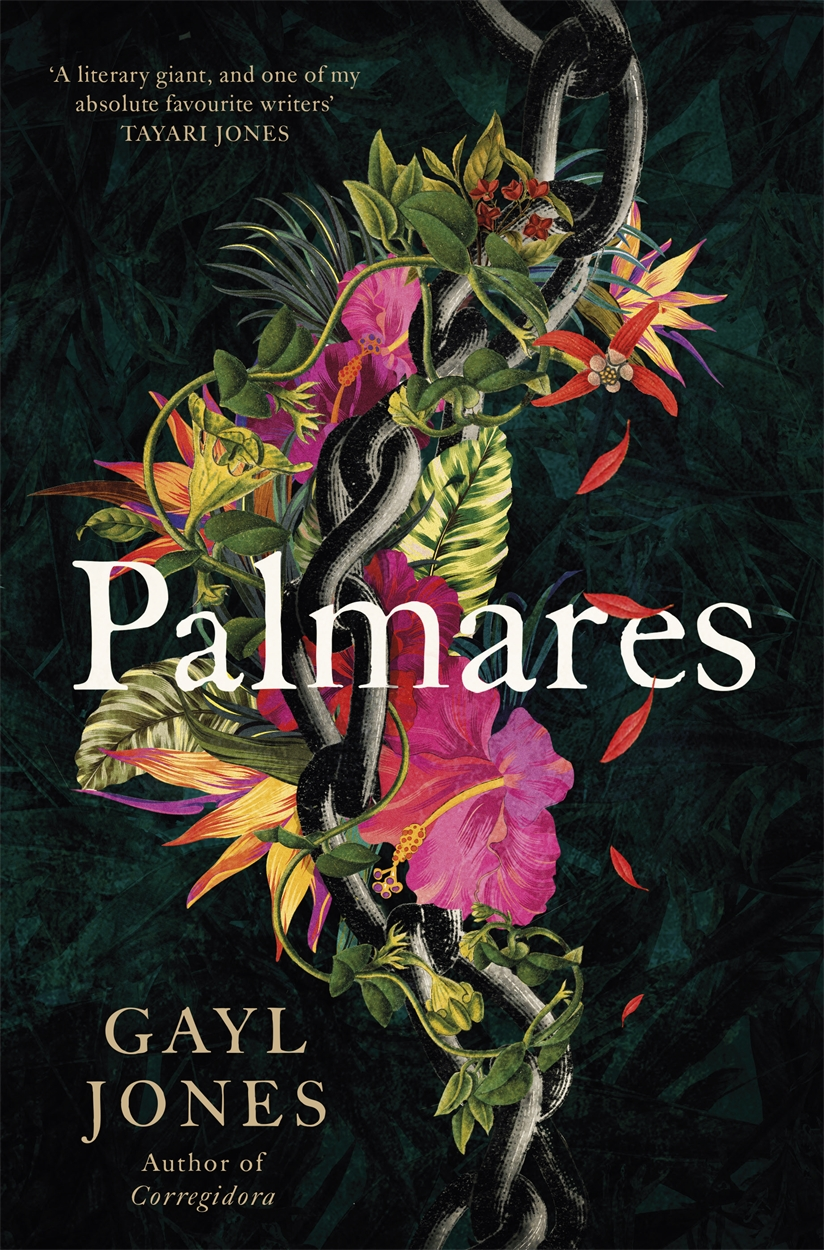The Observer
Palmares — Gayl Jones


American author Gayl Jones was famously introduced to the world in 1975 by her then editor, Toni Morrison, who, after reading her manuscript, declared that “no novel about any black woman could ever be the same after this”. Published when she was 26, Jones’s debut novel, Corregidora, was lauded by James Baldwin and Maya Angelou. Set in Kentucky in the 1940s, it’s about blues singer Ursa, who, after being pushed down a flight of stairs by her husband, reflects on her life, relationships and family. The book examines the trauma that haunts her, tracing it back to the fact that her great-grandmother and grandmother were raped by 19th-century Brazilian slave owner Corregidora.
Palmares, Jones’s seventh novel, a 512-page odyssey, further explores the lives of those affected by the slave trade in Brazil, this time focusing on the 17th century. The story is told from the perspective of Almeyda, an enslaved seven-year-old when the book begins, who lives on a plantation in the northeastern state of Bahia with her mother and grandmother, “a crazy woman who knows magic”.
Almeyda is curious about everything, not least Mexia, the near-mute indigenous housekeeper of priest Father Tollinare, who has been conducting experiments by teaching enslaved children how to read and write. “Do you believe Father Tollinare makes love with the woman Mexia?” she asks her mother.
Sadistic plantation owner Entralgo plans to give Almeyda to a man in search of a black virgin’s blood to cure him of disease, but her mother provides her with a “secret” dark herb water to protect her. When the man returns to rape Almeyda, he grows frustrated: “She won’t be entered. It keeps pushing me out.” This is one of several moments in which Jones uses concoctions, rituals and clairvoyance to imagine the protection of the historically unprotected.
Almeyda is eventually separated from her family and ends up in Palmares, a place in which Black people live unshackled and a real 17th-century self-governed community of roughly 20,000 fugitive enslaved and rescued people in what is today the state of Alagoas. Zumbi, a leader of the resistance, is resurrected in the novel, but his warrior wife, Dandara dos Palmares, is absent. Strangely, Jones has given Zumbi a white spouse.
Delicately, Jones attempts to deconstruct the concept of utopia. Though Palmares is seemingly the promised land, those forcibly dragged from plantations or women unwilling to marry remain as slaves. When Almeyda marries a Muslim man called Anninho, he plots to leave. “They destroy one Palmares, we scatter, we form another one. That one is destroyed… Generation of destroyed villages, new villages and new destructions. I know the cycle by heart.”
Soon after, however, they are captured by Portuguese soldiers. She is mutilated and Anninho disappears, forcing Almeyda to try to find him, assisted by a mystic, Luiza Cosme. She learns how to survive in the wild on berries and how to make herself look old to circumvent detection. It’s one trek of a love story.
Palmares is busy with visitors; a painter, a lexicographer, a journalist, witches, medicine women, free men, disfigured women. At times, the conveyor belt of new characters is disorienting, while the dialogue can be repetitive. “And her breasts were large. I’d never seen breasts so large. Her breasts were large…” is a typical sentence.
But it’s a small price to pay for a book that’s full of imagination and visionary thinking. After a two-decade absence, Jones is back with a formidable novel steeped in history, magical realism, trauma and triumph.